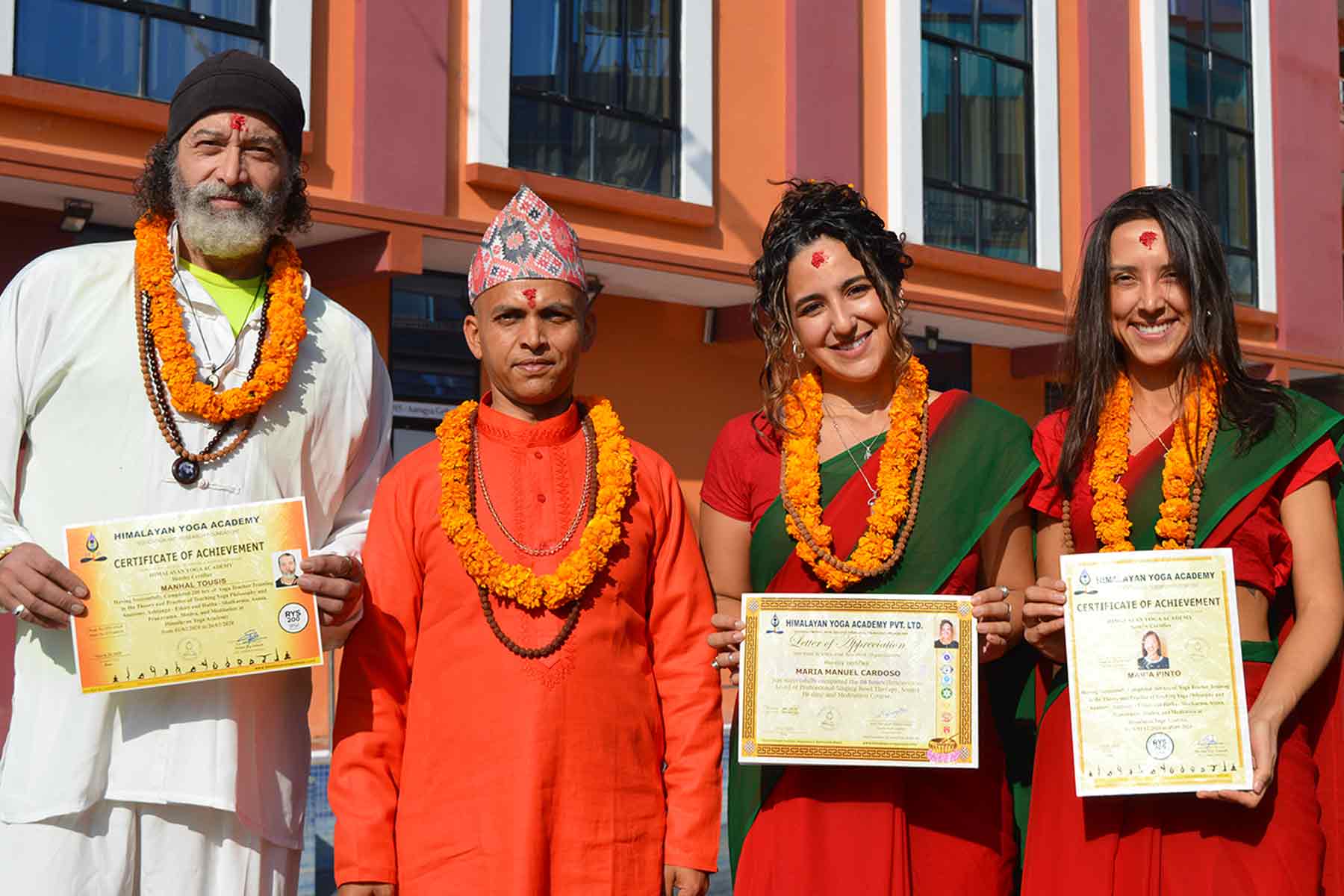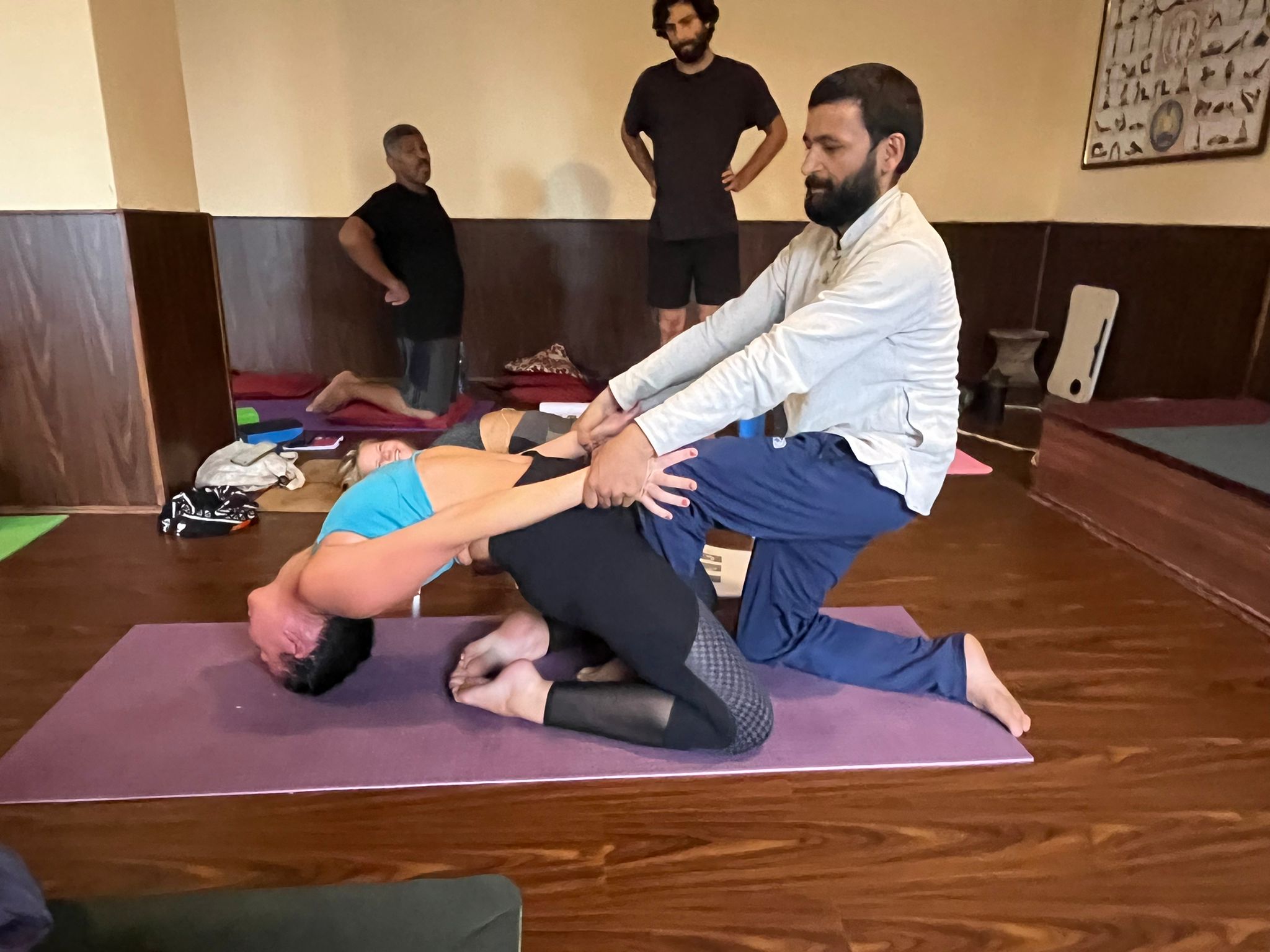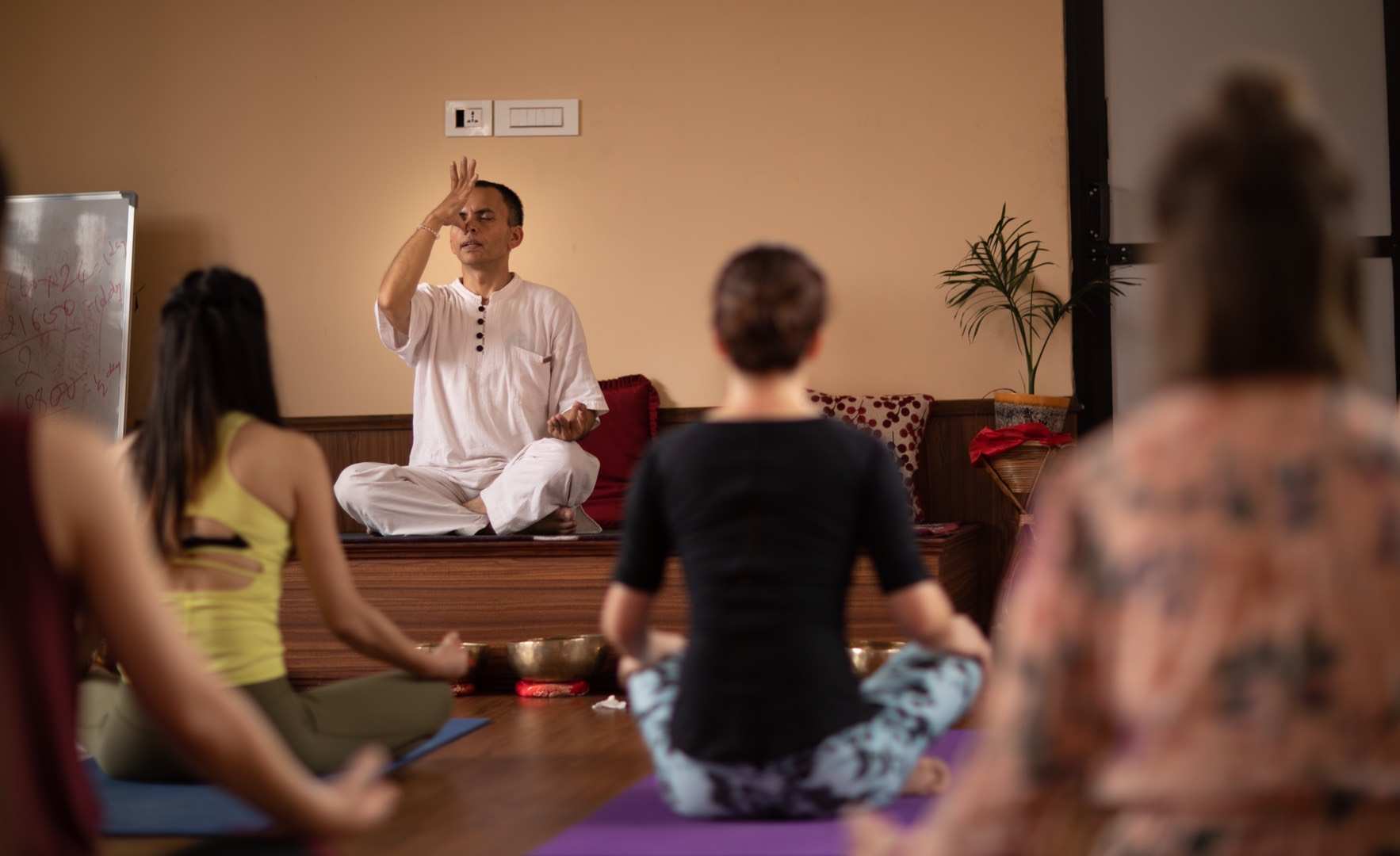
20 Jan 2021 HYN Himalayan Yoga Academy
Yoga as the transformation of Life
Yoga is the aim achieved from the regular practice of yogic means that can change lives. It helps, heals, transforms, and inspires people. Whether you are going to have on your mat for more days or months, the thought of becoming a certified yoga teacher trainer probably crosses your mind. With the massive value of people becoming certified yoga teachers, it’s no surprise that you’re curious about what it sorts of. If you’re looking to deepen your practice, learn more about yogic philosophy, understand more, experience more, or have a big interest in teaching others, choose the Yoga Teacher Training for you. Choosing a yoga teacher training program is an investment in yourself that yields lifelong transformation physically, mentally, emotionally, and spiritually. As such, the program you choose ultimately contributes to the direction of your growth.
Reasons for Choosing a Yoga Teacher Training in Nepal Program
Right now, you might not have a clear plan for teaching yoga. Take some time and think about what you’d like to do with your yoga instructor certification. As you planned, it’s a big investment of time, mind, and money. Of course! You should make sure you’re choosing the right program, right place, the right time, and right decision for you.
1. Mission of Life
What is the Mission of the program? It should be the mission of life to appear from mind and spirit, not only from the body’s needs.
2. Discipline of Programs
What should be the right discipline or faculty of life otherwise it does not meet your mission.
3. Yoga Alliance Approval and Certification
Is the program approved by Yoga Alliance or not? How do you become certified through the program in the journey from student to teacher? Yoga Alliance requires fundamental subject matters and hours. Is it valid worldwide or regional or only inner country?

4. Lead Master
Yoga Alliance requires that each program has a designated lead trainer, and there may or may not be co-trainers. Who is the lead trainer? How long has the lead trainer been teaching yoga? He should teach the full hours mentioned by Alliance.
5. Location and Environment
Where is the location? What is the environment? It is very important for keeping the daily lifestyles better. Where you are, either in Nature close to the jungle, river, Himalayas, the beach or sea, hilly reason, open place, close to religious or historical venues, close to the village, ventilated hall and rooms, etc.
6. Learning and Teaching path
What foundations of learning and practice will be emphasized? What is the paradigm of teaching methodology? Is this both survival learning and experiential learning? Is it authoritarian or non-authoritarian and is it ethical and literal or just physical boosting?
7. Curriculum and Syllabus
Do the curriculum and syllabus fulfill the requirements that are set by Yoga Alliance? What emphasis is placed on the physical versus non-physical components of yoga? How is teaching proper alignment addressed? Is physical alignment taught in isolation, or are both physical and energetic alignment considered?
8. Self-Study and library facility and time
How does the yoga teacher training program teach you to deepen your self-awareness through conscious self-inquiry? How is this process facilitated by the school? It is very important to explore the self in formal, non-formal, or informal ways of learning.
9. Culture and society

The training course should be in a safe space for its trainees and should get different cultural experiences. You should experience the typical lives and cultures.
10. Food and Accommodation facility
Food is divine. So it should be natural, vegetarian, vegan as the target group, and gluten-free as needed. Accommodation should be comfortable if possible private room, if not only two persons sharing one room.
11. Styles and Types of Yoga
You should choose traditional or ethical Yoga learning, not only one particular teacher’s style or sequence. Teacher style can meet just a small group of people in a small market. If you go into real yoga based on philosophical, physical, physiological, biological, psychological, and spiritual as well, it will be the right norms.
12. Methodology
The teaching methods should be multi-dimensional such as lecturing, discussing, demonstrating, presenting, observing, projecting, and practicum.
13. Cost of the Yoga Teacher Training
The yoga teacher training cost can vary in the place, facility, services, reputation, mission, and also depending on many factors such as on-site or off-site housing, meal plan, guest teachers, materials, special workshops, hiking, the business of yoga training, etc.
14. Contents of the Program
There are many types of yoga teacher training. If you’re researching a Yoga Alliance accredited school (a good idea), your training requirements will be broken down into the following categories: Techniques, Training, and Practice, Teaching Methodology, Anatomy & Physiology, Yoga Philosophy, Lifestyle and Ethics, Practicum, Remaining Contact and Elective Hours.
15. Eligibility
Everyone in the beginning is a beginner. So in general, very beginners can also join in Teacher Training courses. In general ages 10 to 100 old can join the courses. Even the disabled can also join the course if such a facility has been managed in school. Please you may join us with an open and free mind, not an occupied mind.
16. Ways of Teaching

Learning should be formal, non-formal, and informal as the nature of yoga science. You should follow initiation, continuation, and Devotion.
17. Opportunity to learn yoga in the original place of Yoga, Himavat Khanda
Himalayan zones (Himavat Kshetra) is the country of the Himalayas called Nepal is the place where yoga was originally born. So when you go to Nepal and especially Bharat Khanda (South Asian Region), you will learn about yoga from its origin. The foundations of yoga are thought to date back to at least 15000 years ago in Himavat Kshetra by Adi Yogi Shiva. Knowledge of yoga first appeared in the Vedas, ancient philosophical texts from Bharat Khanda, and later in the Upanishads, the Bhagavad Gita, and Shata Darshana. Later, more extensive descriptions were recorded in the Samkhya Yoga and Yoga Sutras by Maharshi Kapil and Maharshi Patanjali, respectively.
18. Yogic lifestyle management
Following yoga teacher training in Nepal allows you to live a yogic lifestyle. Nepal is also the origin place of Ayurveda. The yogic lifestyle involves the acts of a biological clock of 24 hours, 140 minutes time figure, eating a balanced (Aahara), engaging in physical activity (Vihaara), positive thoughts (Vichaara), rest (Vishraama), and relaxation as well as sleep (Nidra).
19. High Altitude Practice
High altitude enriches your yogic practice and helps to awaken the kundalini power that expands our consciousness. The science behind is the effect of gravity.
Conclusion
There are lots of reasons why you should consider doing your yoga teacher training in the In Himavata Region, Nepal, with us. Nepal is the birthplace of Eastern wisdom like the Vedas and philosophies like Samkhya Yoga, Yoga Darshan, Mimansa, Bauddha Darshana, Bhagavad Geeta, Ramayana, and Ashtaavakra Geeta. Other advantages are the international character, the lower price, and the beautiful environment on the lap of the Himalayas. If you like, you can combine your training with Hiking, trekking, and traveling around the country-sides of the country. Altogether, it will be an experience of a lifetime that will probably leave a long-lasting positive impression on you. After your yoga teacher training in Nepal, you will go home with new true knowledge, insights, inspiration, experiences, happiness, and bliss that will heighten your life.
